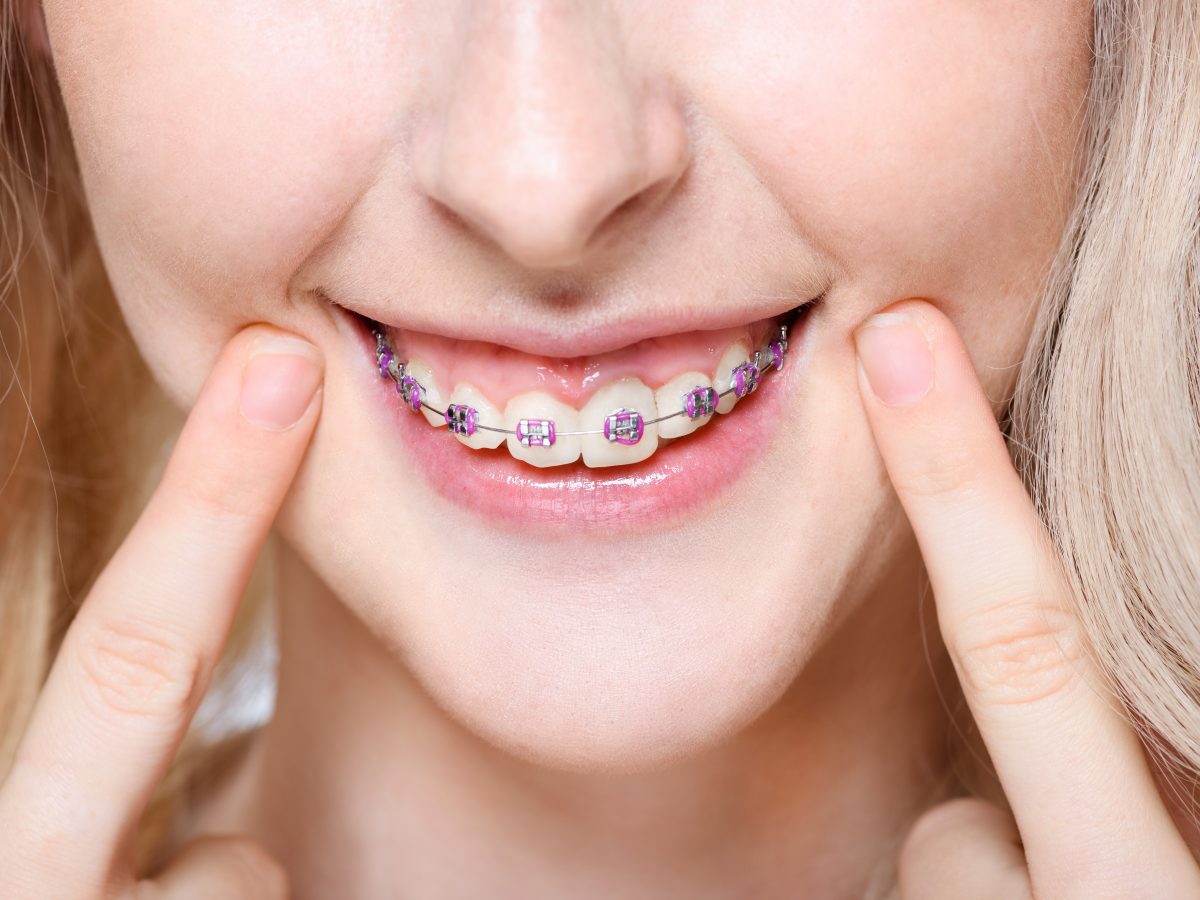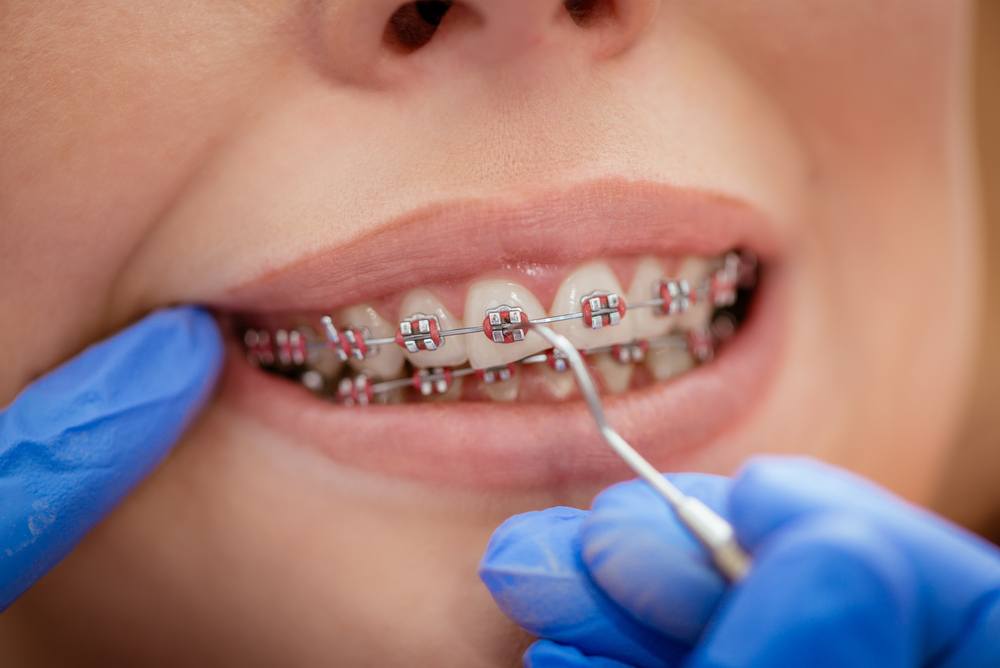Comprehensive Overview to Orthodontics Treatments for Fixing Oral Imbalances
Recognizing the intricacies of each treatment, including their mechanisms, benefits, and prospective disadvantages, is essential in making notified decisions about one's orthodontic therapy. As we navigate through the extensive guide to orthodontic treatments for remedying oral imbalances, the detailed information of each approach will certainly unfold, shedding light on the path towards a practical and unified dental placement.
Orthodontic Procedures Introduction

In addition to traditional braces and clear aligners, orthodontists may likewise recommend other treatments like headgear, palatal expanders, or retainers to attend to particular alignment concerns (cumming orthodontics). These treatments are customized to each patient's one-of-a-kind requirements and might involve a mix of therapies to attain the preferred results. Routine changes and monitoring are essential parts of orthodontic treatment to make sure progress is on track and to make any required alterations along the road. By going through orthodontic treatments, clients can not only accomplish a straighter grin yet additionally improve their overall oral health and function.
Typical Braces: How They Function
When taking into consideration orthodontic treatments for dental misalignments, standard braces stick out as a tried and true method for fixing teeth placing. Standard braces include braces, wires, and bands that interact to apply continual pressure on the teeth, gradually moving them right into the desired placement. The brackets are connected to the teeth using an unique adhesive, and the wires are threaded via the brackets. By readjusting the tension of the cables, orthodontists can control the instructions and force applied to each tooth, leading them into proper positioning over time.
As pressure is applied to the teeth through the braces, the bone surrounding the teeth is reshaped to support the new tooth placements. Patients will need normal adjustments at the orthodontist's office to make sure the braces proceed to use the proper stress for reliable teeth movement.
Unnoticeable Aligners: Pros and Cons
Unnoticeable aligners provide a convenient and discreet alternative to standard dental braces for dealing with oral imbalances. These clear, custom-made trays are virtually undetectable when used, making them an appealing alternative for people seeking a more cosmetically pleasing orthodontic therapy. One of the key benefits of invisible aligners is their removability, permitting much easier maintenance of dental health compared to typical braces. Patients can get rid of the aligners before consuming or cleaning their teeth, reducing the you can try these out threat of food getting stuck in the device and simplifying the cleansing process.

Surgical Orthodontic Options
Surgical treatments in orthodontics existing feasible choices for addressing complex dental misalignments that might not be properly resolved through standard orthodontic treatments. affordable dental care While conventional braces and invisible aligners can correct numerous orthodontic problems, particular instances call for medical treatment to attain optimal results. Surgical orthodontic options are generally recommended for severe malocclusions, significant jaw discrepancies, and situations where the underlying bone framework requires adjustment to achieve appropriate alignment.
One typical surgical orthodontic treatment is orthognathic surgical procedure, which entails rearranging the jaws to remedy functional issues such as difficulty speaking or eating. This surgical treatment is usually done in collaboration with an orthodontist that helps line up the teeth before and after the treatment. Surgical orthodontics might likewise entail procedures to reveal impacted teeth, eliminate excess gum cells, or improve the jawbone to produce an extra harmonious face account.
Before taking into consideration surgical orthodontic options, individuals undergo a comprehensive analysis to identify the need and prospective advantages of such interventions. cumming orthodontist. While surgery might seem overwhelming, it can substantially boost both the function and aesthetics of the smile in instances where traditional orthodontic treatments fail
Retainers and Post-Treatment Care

Post-treatment treatment involves complying with the orthodontist's directions faithfully. This may include appropriate dental health methods, participating in follow-up appointments, and wearing the retainers as prescribed. Failure to adhere to post-treatment treatment directions can lead to regression, where the teeth gradually return towards their initial placements. Consistent retainer wear, good dental health, and regular dental check-ups are essential for preserving the outcomes achieved with orthodontic surgery and ensuring the long-lasting stability of the dealt with oral positioning.
Conclusion
In verdict, orthodontic procedures supply various alternatives for fixing oral misalignments. Surgical orthodontic alternatives are available for much more extreme misalignments. Generally, orthodontic treatments can efficiently enhance oral health and visual look.
As we navigate with the thorough guide to orthodontic procedures for dealing with dental misalignments, the detailed details of each technique will certainly unfold, dropping light on the course towards a harmonious and practical oral alignment. - cumming orthodontist
One of the most common orthodontic treatments is the usage of braces, which consist of steel braces and wires that use gentle pressure to progressively shift teeth right into the wanted setting.When thinking about orthodontic treatments for dental misalignments, typical dental braces stand out as a reliable technique for correcting teeth positioning. Additionally, unseen aligners may not be appropriate for complex orthodontic problems that call for more considerable teeth movement, as they are generally suggested for moderate to modest cases. Retainers are tailor-made orthodontic tools designed to hold teeth in their fixed positions after the completion of orthodontic therapy.